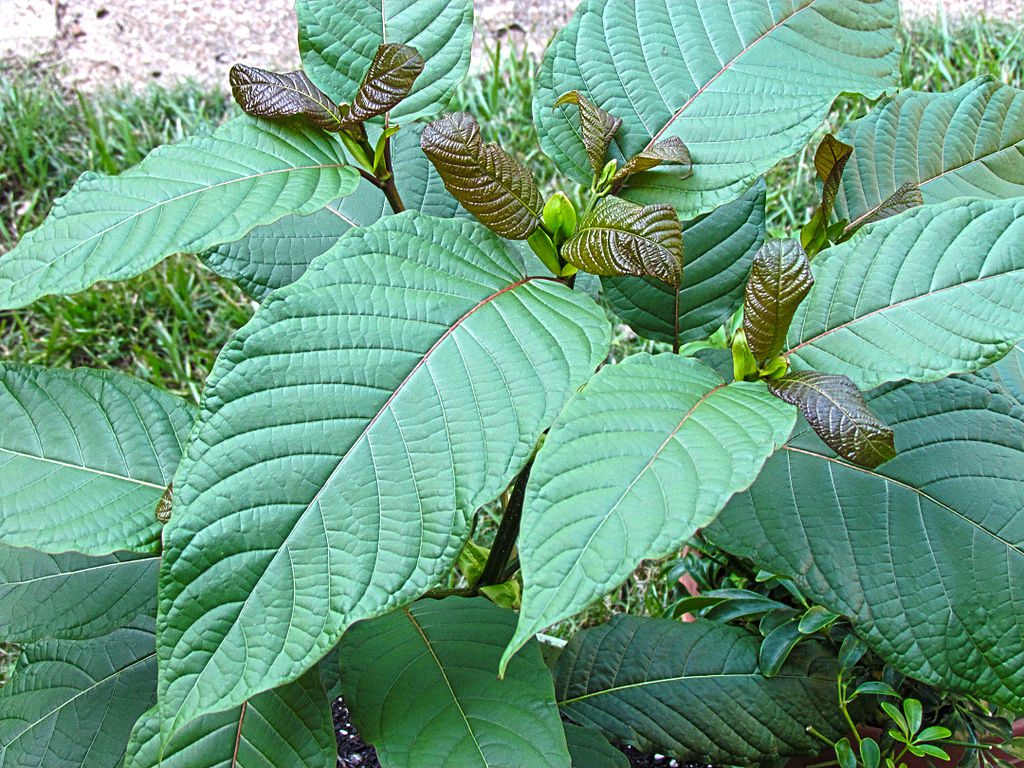How Does Kratom Work?
Kratom, a tropical tree native to Southeast Asia, has been used for centuries for its potential to alleviate pain and improve mood, among other effects. Its leaves contain compounds that can have both stimulant and sedative properties, depending on the dosage. This botanical substance continues to gain popularity in the Western world as individuals search for alternative therapies for various conditions. Today, there are a variety of powders and kratom capsules for sale. In this article, we will explore the science behind kratom’s effects on the body and brain. Keep reading to learn more about this intriguing plant.
Understanding Kratom and Its Active Compounds
Kratom contains several active natural alkaloids, with mitragynine and 7-hydroxymitragynine being the most significant. These compounds are believed to be responsible for most of kratom’s pharmacological effects. The exact number of alkaloids present in kratom is still a subject of research, but these two predominate in terms of concentration and influence on the human body.
The chemical structure of kratom’s alkaloids allows them to interact with receptors in the brain. Mitragynine, in particular, has a complex pharmacokinetic profile, being metabolized into various derivatives which can enhance or modify its effects. Studies suggest that these metabolites also contribute to the overall impact of kratom consumption.
The varying concentrations of alkaloids found in different kratom strains can lead to nuanced effects, catering to users with different preferences and needs. This, too, explains why users might report differing experiences with kratom, depending on the source and variety of the plant material they consume. Growing conditions, such as soil composition and weather, also play a role in the alkaloid profile of kratom leaves.
The Interaction of Kratom With Opioid Receptors
Kratom is known for its ability to interact with the body’s opioid receptors. Despite not being an opioid itself, kratom’s active alkaloids can bind to these receptors, which play a significant role in pain modulation, mood regulation, and addiction mechanisms. This is part of why kratom can exhibit opioid-like effects, such as pain relief and sedation at higher dosages.
The interaction with opioid receptors is complex; while mitragynine primarily acts on delta-opioid receptors, it can also affect mu and kappa receptors to a lesser degree. The affinity for these receptors varies, which means that kratom’s effects are generally less intense and less addictive when compared to traditional opioids.
Scientists are still investigating the full scope of interactions between kratom alkaloids and opioid receptors. A deeper understanding may eventually pave the way for the development of new therapies that harness the benefits of kratom while minimizing potential risks.
Kratom Effects on Neurotransmitter Release
Beyond its effects on opioid receptors, kratom is also believed to influence the release of various neurotransmitters. Stimulant effects perceived at lower doses have been associated with the increased release of neurotransmitters like norepinephrine and serotonin. These chemicals are fundamental to mood regulation and can produce feelings of increased energy and alertness.
As doses increase, kratom may promote the release of certain neurotransmitters that have a calming effect, such as GABA. These substances contribute to the sedative properties of kratom, which some users seek for conditions such as anxiety or insomnia. Furthermore, the balancing act between excitatory and inhibitory neurotransmitters may influence kratom’s overall impact on mood and cognitive function.
Kratom Varieties and Their Different Effects
Kratom is not a monolithic substance; it comes in various strains, each boasting different effects and benefits. The most commonly known varieties include Maeng Da, Bali, and Borneo, which differ in their alkaloid compositions. This variation leads to each strain having a distinctive impact on users, ranging from energizing to calming properties.
Maeng Da is often touted for its potency and is a popular choice for those seeking pain relief or an energy boost. Bali kratom, on the other hand, has a reputation for producing more relaxing and sedative effects, making it a favored option for users looking to unwind or manage discomfort. Borneo strains are known for their versatility, providing a balance between stimulation and relaxation.
The varied effects of these strains are essential for users to understand, as this knowledge can guide their choices and aid in achieving the desired outcomes from kratom use.
Overall, the complexity of kratom’s interactions with the body reflects a balance of potential therapeutic benefits and risks. Users and healthcare providers must navigate these factors carefully, ensuring informed decisions are made to safeguard health and well-being.



